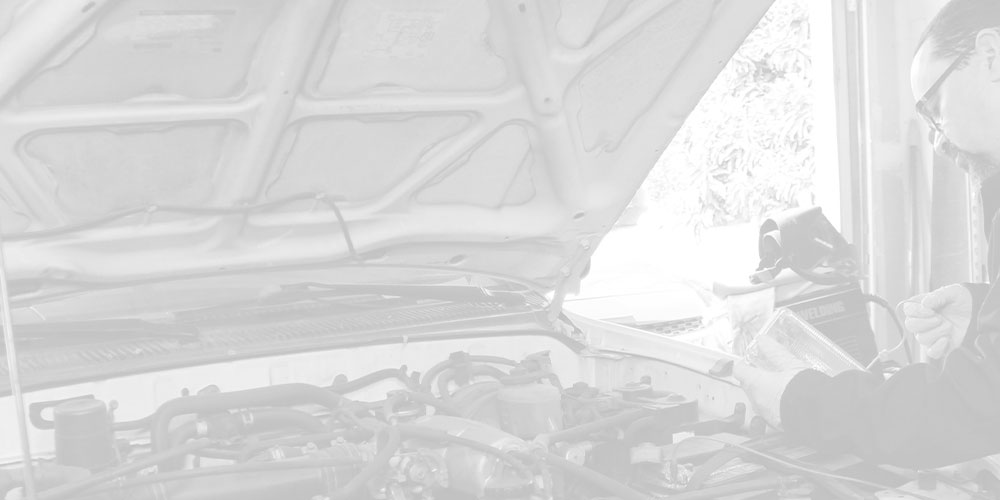By The ALLDATA Staff
Diagnosing an unfamiliar condition without OEM information can take time and cost your customers money. You may save both time and money by first consulting a vehicle manufacturer’s technical service bulletins (TSBs). When a fix for a known issue is already published, it’s a win-win for everyone. Here’s an excerpt from a TSB issued by Chrysler dealing with a steering problem on certain 2009 Chrysler® and Dodge® vehicles.
It can be scary when your steering system makes unexpected noises. Drivers might be concerned about steering failure, and about getting up close and personal with an immovable object. Steering failure is right up there with brake failure when it comes to registering fear while driving.
A noisy steering scenario exists with certain Toyota® vehicles. Toyota knows about it and has issued the following technical service bulletin (TSB) to identify and correct the problem. If you see a vehicle with this condition in your shop, follow the procedures in this TSB:
The collision industry amazes me. Mostly in a good way. Today’s rapidly changing technologies keep things interesting. New materials, such as ultra high strength steel, plastics, composites and other materials offer up challenges we didn’t have to deal with in “the good old days.”
But perhaps the most challenging aspect of repairing newer vehicles remains the ever-increasing use of electronic systems. We no longer see “cars” in the shop, we see rolling computers.
Mike is a great guy who runs a collision repair facility in Joliet, Illinois. We’ve always had a good relationship and he never holds back when we talk. Good or bad, you’ll get exactly what you asked for – complete honesty.
Mike had only been using OEM repair information for a couple of weeks, so I called him looking for some feedback. I was not expecting to hear what he told me. I specifically asked him how he was doing using OEM repair information in his shop’s workflow. Mike told me that in the short time he had been using factory information, it had already saved his shop from having a serious delivery issue. And Mike has always taken pride in delivering vehicles to their owners on time.
Some Mazda® B-2500® drivers may complain of a high idle in vehicles with a manual transmission. This may be caused by a poor electrical connection at the wire harness to the throttle position sensor (TPS). A service kit is available to resolve this concern. Correct the condition by following the steps in this Tech Tip.
Applicable Model
All 1998-2000 Mazda B-2500 Trucks with manual transmission
Parts Information

One Friday, I stopped into a friend's shop to discuss going over to Serino’s Deli® for lunch. Instead, Mike drags me into the shop. I was hungry and I'm thinking this better be some exotic car if Mike is jeopardizing our ability to get a table at the deli.
The car is a 2009 Chevrolet® Malibu®. Not exactly exotic. Mike tells me, "The front fender was damaged and no one was in the car." The problem is that the air bag light is coming on intermittently. Mike has already spent four hours diagnosing the issue and they can't deliver the car with the light on. Did I mention it was Friday?
Our lunch plans were now in serious jeopardy.
Radar – really? If you haven’t seen it in a crunched car yet, you are probably overdue. Vehicles utilizing this technology invented for ships and planes are now rolling (or being towed) into shops as a result of collisions. To repair these vehicles efficiently and profitably, you need to understand the specific nuances of each manufacturers’ advanced systems for collision avoidance, adaptive cruise control and parking assist.
As with any new system that proves successful, radar technology is sure to become widespread throughout the industry. The safety and convenience factors are simply too great. The National Transportation Safety Board already recommends that all new cars include collision avoidance and adaptive cruise control systems.
A new car is in the shop, and the front end looks like it ran into a tree. Turns out it did! So what's it going to take to get it back on the road? Well, it starts with you, the estimator. As an estimator, you need experience, good judgment, diplomatic skills and accurate information.
As far as experience, judgment and diplomacy go, you either have them or you don't. We can't really help you there. But when it comes to information, that's a different story. Today, every model year brings innovations: materials technology, electronic systems, finishes, vehicle drivetrains, steering and suspension, etc.
In Part 1 of this Tech Tip, we discussed how accurate and timely OE collision repair information can help production managers:
- Improve vehicle throughput to ensure on-time vehicle delivery.
- Accelerate technician efficiencies and production.
- Reduce outsourcing of repairs.
- Simplify repairs on complex, technically challenging vehicles.









